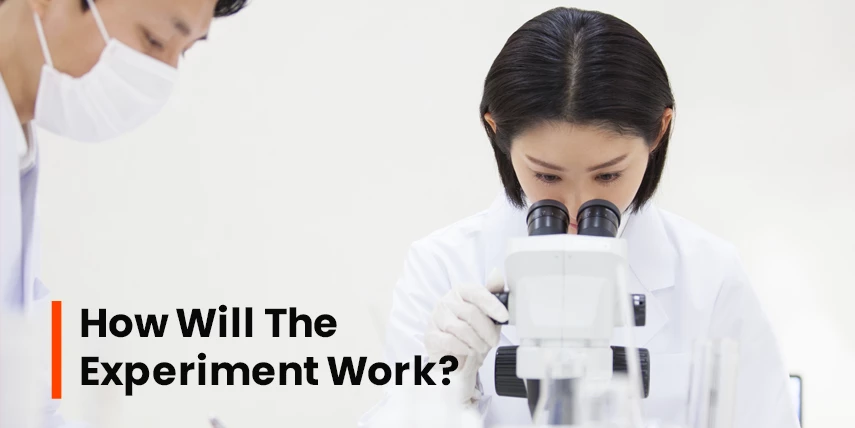

Sep 04, 2023
304
The decision to allow a Japanese scientist to produce the first human-animal hybrids has sparked discussion regarding the morality of this type of research. A professor at Yokohama City University, the scientist's name is Hiromu Shinya. He is permitted to produce embryos that are partially human and partially mouse. According to Shinya, he intends to use the research to create new therapies for conditions like Parkinson's and Alzheimer's. He thinks the human cells in the embryos could aid in the repair of the mice's damaged cells. Some scientists and ethicists have, however, criticized the research. They contend that making human-animal embryos is wrong. They are also concerned that the research might result in the production of "designer children" or even "chimeras"—animals with human and animal parts. It is likely that the discussion about human-animal hybrid research will continue. Some people think the research should not be permitted because it is too risky. Others think the research's potential advantages outweigh its risks. The future of human-animal hybrid research will only become clear with time. However, the discussion surrounding the ethics of this type of research will undoubtedly last for many years to come.
Here is a quick look at why people are against Japan human-animal hybrid Experiment:
How Will the Experiment Work?

The first human-animal hybrid experiment is still in its infancy. The goal is to develop embryos that are hybrids of humans and animals. This could be accomplished by fusing human and animal cells together or by introducing human genes into animal cells.The created embryos would then be inserted into a surrogate animal mother. If the pregnancy is successful, a human-animal hybrid would be born as the offoffspring. Before the first experiment involving human-animal hybrids is a success, numerous obstacles must be overcome. Making sure that the human cells do not reject the animal cells is a challenge. Preventing birth defects in the hybrid embryos is another difficulty.
Other Japanese Experiments in 2023
Apart from the first human-animal hybrid experiment, being conducted in Japan, here are some experiments conducted by famous Japanese scientists:
Perovskite is used to Enhance Solar Cells
A group of Japanese researchers created a new variety of solar cell that is more effective than solar cells currently in use. Perovskite, a material that is readily available and reasonably priced, is used to create the new solar cells. In addition to being more flexible than conventional solar cells, they are perfect for use in wearable technology and other applications.
Improvised Battery Type for Future
A different group of Japanese scientists created a brand-new battery type that is stronger and more durable than current batteries. Compared to lithium-ion technology, sodium-ion technology is more accessible and less expensive, and is used to create the new batteries. They are also more environmentally friendly.
New Treatment for Alzheimer's
A new medication for the treatment of Alzheimer's disease was created by a Japanese medical research team. Aducanumab is a medication that has been authorized for the treatment of Alzheimer's disease for the first time in more than 20 years. Millions of people all over the world are anticipated to benefit from it.
Cyberdog Robot
A new kind of human-like walking and running robot was created by a Japanese robotics team. The "Cyberdog" robot, which uses artificial intelligence to operate, can teach itself to run and walk. Although it is still in development, it could completely change how we interact with robots.
H3- An Efficient Rocket
A new kind of rocket that is both more effective and less expensive than existing rockets was created by a Japanese aerospace company. The "H3" rocket, a new rocket, is anticipated to bring down the price of space travel by up to 30%. It is scheduled to launch in 2024.
Japanese Contribution to First Human-animal hybrid and much more. In 2023, Japanese researchers made important advances in both science and technology. They have created new solar panels, batteries, medicines, robots, and rockets that could greatly enhance our quality of life. The approval of the first human-animal hybrid research, despite being a contentious development, is also proof of the advancements being made in scientific research. The ethics of this research must be the subject of a careful and well-informed discussion in order for us to make decisions about the direction this field will take in the future. Overall, significant advancements have been made by Japanese researchers in 2023. They have stretched the bounds of what is conceivable and made contributions that will help people all over the world. In the years to come, I have no doubt that Japanese researchers will still conduct ground-breaking work.
